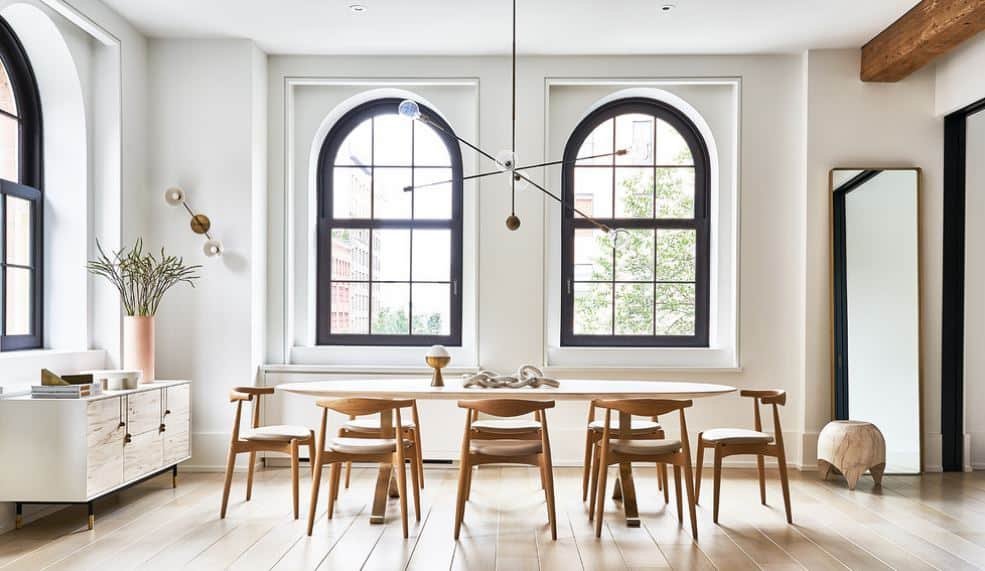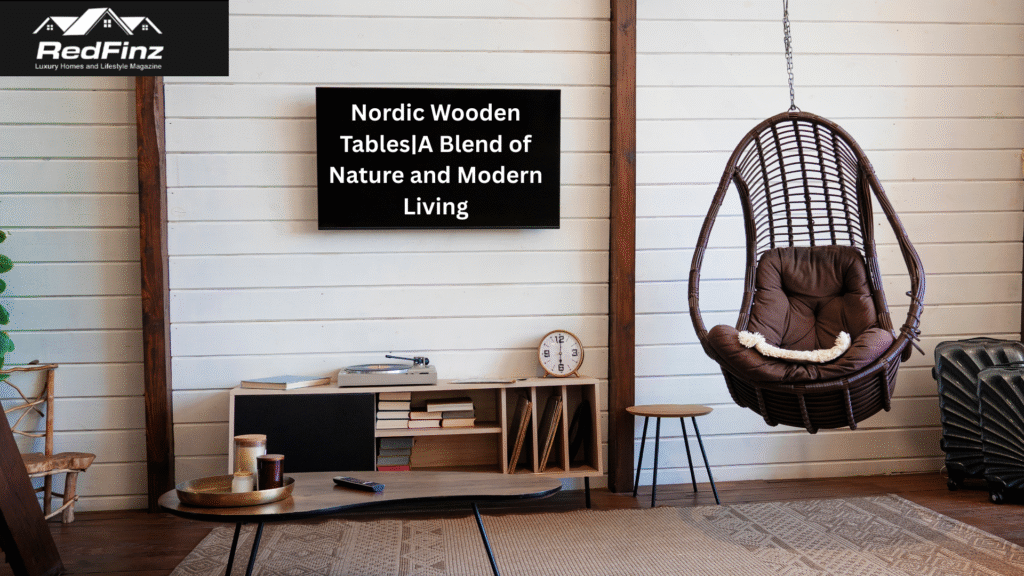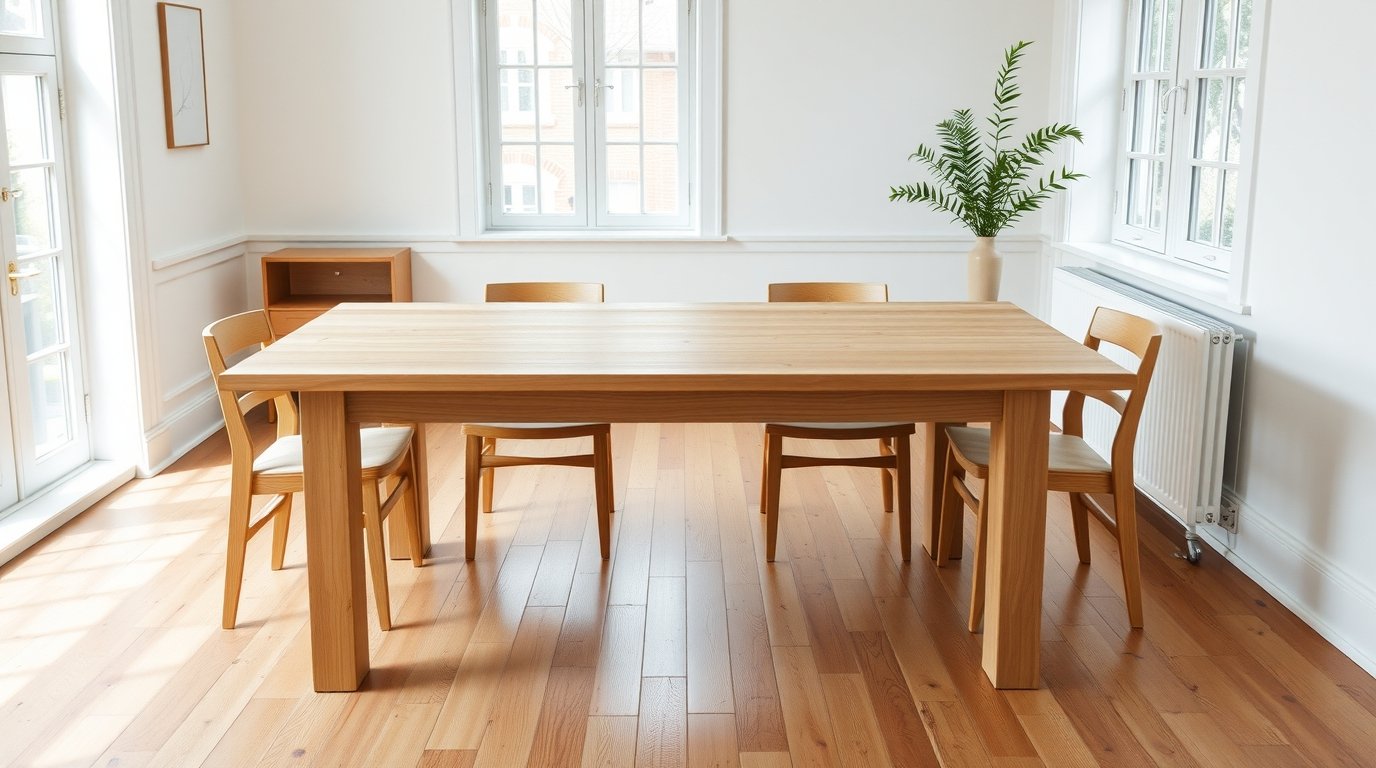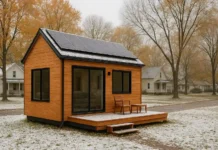Nordic Wooden Tables In Modern Homes
Nordic wooden tables are Scandinavian furniture pieces made with natural woods like oak, pine, and ash. They’re known for clean lines, practical shapes, and durability. These tables fit well in modern homes because they balance beauty with function.
They’re not heavy antiques you’d struggle to move. Instead, they feel light, warm, and easy to live with. Think of a dining table that doubles as a home office or a side table that adds charm without taking up space.
Choosing a Nordic table means more than filling a room. You’re bringing in a piece of wood shaped by skilled hands, tied to forests that have grown for decades. It’s furniture built to last and designed for daily use.
Why Scandinavian furniture trends matter today
Scandinavian furniture is popular today because it’s simple, practical, and uses natural wood. Many people want homes that feel calm and uncluttered. Nordic design meets that need, which is why these tables and chairs keep showing up in modern homes around the world.
How Nordic tables fit modern interior design
Nordic tables fit modern homes because they mix clean shapes with warm wood. They work well in small apartments or big houses. Whether your style is rustic or modern, these tables blend in easily and make rooms feel natural and inviting.
Popular Woods Used in Nordic Tables

Oak – durable and timeless
Oak is the most popular wood for Nordic tables because it’s strong, long-lasting, and full of character. Its golden tone and visible grain age well over time, making it a favorite for dining tables that become family heirlooms.
Pine – light and casual
Pine gives Nordic tables a lighter, more relaxed look. Its pale color and soft texture work well in bright rooms and casual interiors. Knots in the wood add charm, giving each piece a unique personality.
Ash – bright and modern
Ash stands out for its pale tone and bold grain patterns. It suits modern interiors, especially in spaces with lots of natural light. Ash is tough yet stylish, making it a go-to wood for contemporary Nordic table designs.
Why sustainable forestry matters in Scandinavia
Scandinavian forests grow slowly, producing dense, durable wood. Using wood from responsibly managed forests ensures long-lasting furniture without harming the environment. Buyers get strong tables while supporting eco-friendly practices that keep Nordic design tied to nature.
Over 70% of Scandinavian forests are sustainably managed (Nordic Council, 2023)
Types of Nordic Wooden Tables for Homes

Dining tables that double as workspaces
Nordic dining tables are designed for both meals and daily tasks. Their simple shapes and sturdy build make them perfect for eating with family or working from home. Many come with extendable leaves, giving extra space when guests arrive.
Coffee tables for living rooms
Nordic coffee tables mix function with style. They’re low, practical, and often feature storage for books or remotes. The clean lines and warm wood tones fit easily into both modern and rustic living rooms.
Side and accent tables for small spaces
Side tables and accent tables bring flexibility to Nordic homes. They work as nightstands, plant stands, or extra seating when needed. Their small size and lightweight feel make them ideal for apartments or compact spaces.
A 2023 interior trends report found multipurpose furniture demand grew by 30% worldwide.
Famous Nordic Designers and Their Influence

Hans Wegner – organic and functional design
Hans Wegner was a Danish designer best known for simple wooden furniture that balanced comfort with style. His tables and chairs had clean lines and natural shapes. Many of his designs from the 1950s are still popular today and remain central to Danish design history.
Alvar Aalto – bentwood innovations
Alvar Aalto from Finland introduced new ways of shaping wood. He used bent plywood to create tables with curved legs and light forms that felt modern. His work connected furniture with architecture and influenced many future designers.
Cecilie Manz – modern minimalism with warmth
Cecilie Manz is a Danish designer who creates furniture with simple lines and natural warmth. Her Essay table for Fritz Hansen shows how wood and minimal design can make a timeless centerpiece. She represents the modern face of Nordic design.
Modern Adaptations of Nordic Tables

Multi-purpose tables for small apartments
Nordic tables are built with everyday flexibility in mind. A dining table can double as a laptop desk during work hours and then switch back to a family table by evening. Some designs even fold or tuck away to save space, making them ideal for apartments and smaller homes.
Storage-friendly and extendable options
Practical features are a hallmark of modern Nordic tables. Extendable dining tables create more seating when guests arrive, while hidden storage compartments keep clutter out of sight. These clever solutions fit the needs of busy households while preserving the clean and minimal look that defines Scandinavian design.
Sustainable production and recycled wood use
Sustainability is at the heart of modern Nordic furniture. Designers are choosing recycled wood, natural finishes, and responsibly sourced timber from local forests. Slow-growing trees from Scandinavia provide dense and durable wood, ensuring each table lasts for decades. Buyers get furniture that feels timeless while supporting eco-friendly values.
Styling Nordic Tables in Your Home
Pairing with minimalist interiors
Nordic tables naturally fit minimalist spaces. Their clean lines and pale wood surfaces keep rooms open and uncluttered. Pairing them with simple chairs and neutral colors creates balance, letting the table act as a centerpiece without overwhelming the room.
Combining with modern or rustic décor
These tables work with both sleek modern and rustic styles. In a modern space, they add warmth and texture alongside metal or glass accents. In rustic interiors, they blend with natural fabrics and earthy tones. Their adaptability makes them one of the easiest furniture pieces to style.
Color palettes and textures that match Nordic wood
Light woods like oak, pine, and ash pair best with soft neutrals. Shades of white, beige, and gray highlight the natural grain. Adding textures like wool rugs, linen curtains, or woven baskets completes the Nordic look, bringing warmth and comfort into everyday living.
Conclusion
Nordic wooden tables stay timeless because they combine natural wood, simple design, and everyday function, making them a lasting choice for any home.






